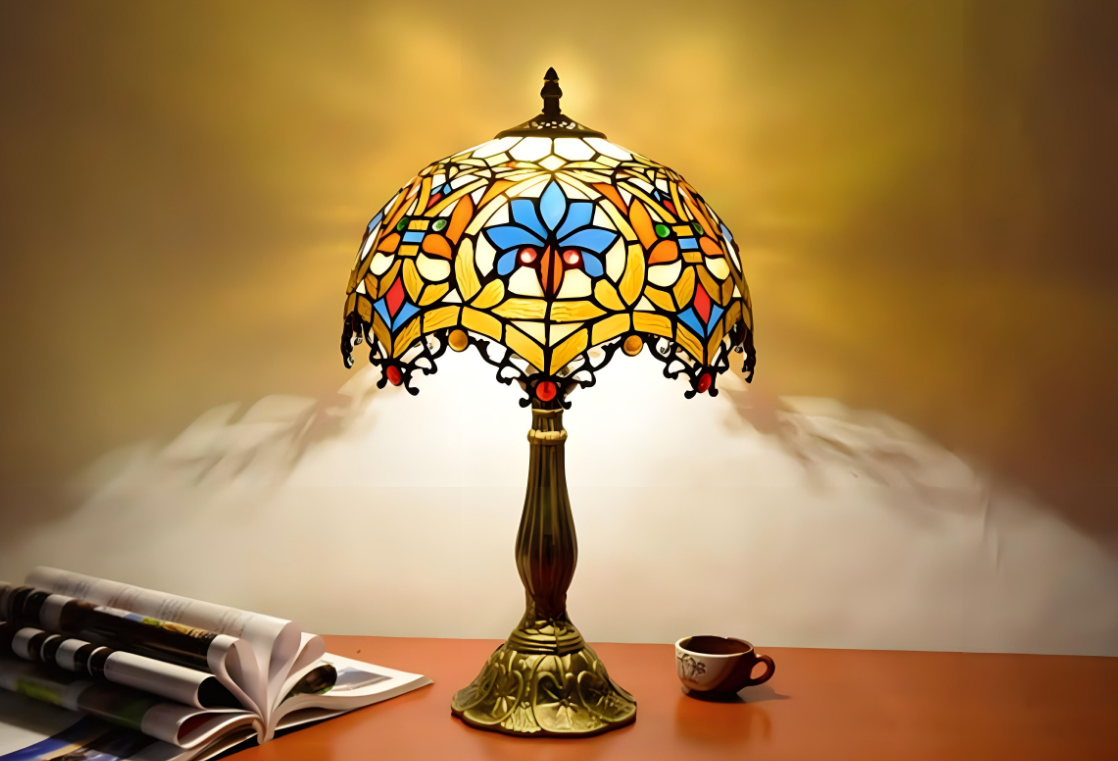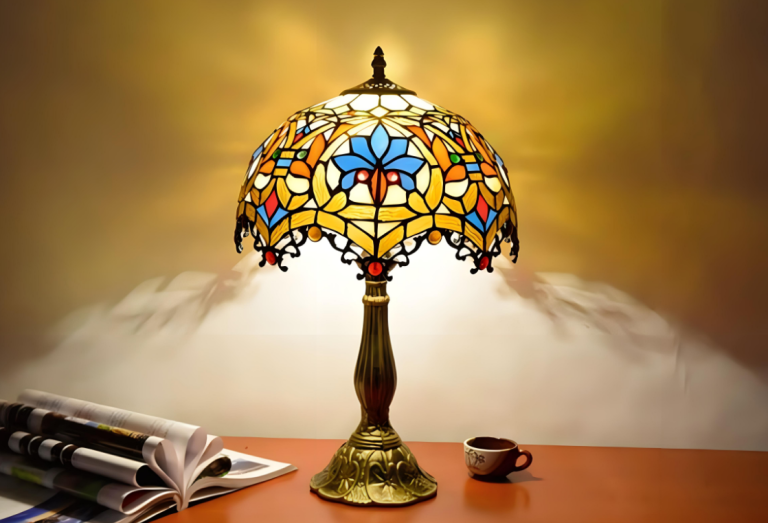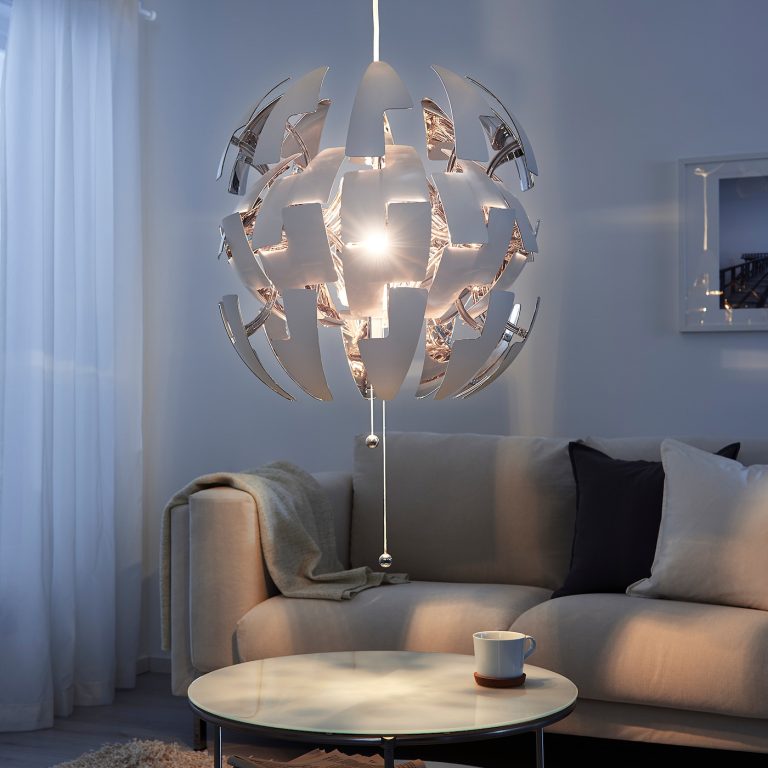Exploring the Fascinating World of Modern Curios: A Journey Through the Unusual and Intriguing

In today’s world, modern curios have captured the imagination of many. These unique and unusual objects have a certain allure that draws people in and sparks their curiosity. But what exactly are modern curios? They can be defined as intriguing and often bizarre objects that are collected for their aesthetic value, historical significance, or simply for the sheer fascination they evoke.
There is something inherently captivating about modern curios. They have the power to transport us to different times and places, allowing us to explore the unknown and the extraordinary. Whether it’s a preserved specimen, an antique artifact, or a peculiar work of art, modern curios have a way of captivating our attention and igniting our sense of wonder.
Some popular examples of modern curios include taxidermy animals, vintage medical equipment, antique maps, and oddities like shrunken heads or mummified remains. These objects may seem strange or even macabre to some, but they hold a certain appeal for those who are drawn to the unusual and the mysterious.
Uncovering the Origins of Modern Curios: A Brief History
The fascination with curiosities is not a new phenomenon. In fact, the history of curiosities can be traced back centuries. In the 16th and 17th centuries, cabinets of curiosities were popular among wealthy collectors. These cabinets were essentially private museums that housed a wide array of unusual objects from around the world.
As time went on, the concept of curiosities evolved. In the 19th century, with the rise of industrialization and globalization, collectors began to seek out more exotic and rare objects from far-flung corners of the world. This led to an increase in the popularity of curio collecting.
Famous collectors such as Sir Hans Sloane, who amassed a vast collection of natural history specimens, and Charles Darwin, who collected various curiosities during his travels, helped to popularize the hobby. Their collections not only served as a source of personal fascination but also contributed to scientific knowledge and understanding.
The Art of Collecting: How to Build Your Own Curio Collection
If you’re interested in starting your own curio collection, there are a few tips to keep in mind. First and foremost, it’s important to have a clear focus or theme for your collection. This will help guide your search and ensure that your collection remains cohesive.
When it comes to finding modern curios, there are a variety of sources to explore. Antique shops, flea markets, and online marketplaces like eBay or Etsy can be great places to start. Additionally, attending auctions or estate sales can often yield unique and interesting finds.
Once you’ve acquired your curios, it’s important to properly display and care for them. Depending on the nature of the objects, they may require special handling or storage conditions. For example, delicate items like antique textiles or fragile artworks may need to be kept away from direct sunlight or humidity.
The Science Behind Modern Curios: How They’re Made and What They’re Made Of
Modern curios can be made from a wide range of materials, depending on their nature and purpose. For example, taxidermy animals are typically made using preserved animal skins and various stuffing materials. Antique maps are often printed on parchment or paper, while vintage medical equipment may be made from metal or glass.
The process of creating modern curios can vary greatly depending on the object in question. Taxidermy animals, for example, require a skilled taxidermist to carefully preserve and mount the specimen. Antique maps may involve intricate printing techniques or hand-drawn illustrations.
Technology has also played a role in the creation of modern curios. For example, 3D printing has allowed for the creation of highly detailed replicas of historical artifacts or anatomical models. This technology has opened up new possibilities for collectors and enthusiasts, allowing them to acquire rare or fragile objects in a more accessible form.
The Dark Side of Curios: Exploring the Macabre and Mysterious
While modern curios can encompass a wide range of objects, there is a subset that delves into the macabre and mysterious. These curiosities often include items like human remains, occult artifacts, or objects associated with death or the supernatural.
Collecting these types of curiosities raises ethical questions. Some argue that it is disrespectful to collect and display human remains or objects associated with tragic events. Others believe that these objects hold historical or cultural significance and should be preserved for educational purposes.
Despite the controversy surrounding these curiosities, there is no denying their appeal. They tap into our fascination with the unknown and the darker aspects of human existence. They challenge our perceptions and force us to confront our own mortality.
Curios as Decor: How to Incorporate Unusual Objects into Your Home

If you’re not interested in collecting curiosities yourself but still appreciate their aesthetic value, there are many ways to incorporate them into your home decor. One idea is to create a dedicated display area where you can showcase your favorite curiosities. This could be a shelf, a glass cabinet, or even a wall-mounted display case.
When incorporating curios into your home decor, it’s important to strike a balance between the unusual objects and the rest of your decor. Too many curiosities can overwhelm a space and make it feel cluttered. Instead, choose a few key pieces that complement your existing decor and serve as conversation starters.
The impact of curios on the overall aesthetic of a space can be significant. They add a sense of intrigue and personality to a room, making it feel more unique and curated. Whether you choose to display a taxidermy animal, a vintage medical instrument, or an antique map, these objects have the power to transform a space and make it truly one-of-a-kind.
From Taxidermy to Oddities: A Look at the Most Unusual Curiosities
While all curiosities have a certain level of uniqueness, there are some that stand out for their sheer oddity. These curiosities push the boundaries of what is considered normal or acceptable, challenging our perceptions and forcing us to question our own beliefs.
One example of an unusual modern curio is the Fiji mermaid. This object, which gained popularity in the 19th century, was purported to be the mummified remains of a creature that was half-human and half-fish. In reality, it was a hoax created by combining the upper body of a monkey with the lower body of a fish.
Another example is the shrunken head. These macabre objects were created by indigenous tribes in South America as part of their rituals. They were often used as trophies or for ceremonial purposes. Today, shrunken heads are highly sought after by collectors, despite the ethical concerns surrounding their acquisition.
The appeal of these bizarre and unusual curiosities lies in their ability to challenge our perceptions and spark our imagination. They force us to question what we know and what we believe to be true, opening up new possibilities and expanding our understanding of the world.
The Business of Curios: A Peek Inside the World of Curio Vendors and Dealers
The market for modern curios homenoco is a thriving industry that attracts collectors, enthusiasts, and vendors from around the world. Curio vendors and dealers play a crucial role in connecting buyers with unique and unusual objects.
Curio vendors can be found in various settings, from brick-and-mortar shops to online marketplaces. They source their inventory from a variety of places, including estate sales, auctions, and private collections. Some vendors specialize in specific types of curiosities, while others offer a wide range of objects to cater to different tastes and interests.
Selling modern curios can be a challenging but rewarding business. Vendors must have a keen eye for unique and interesting objects, as well as a deep understanding of their market value. They must also navigate the ethical considerations that come with selling certain types of curiosities, ensuring that they are acquired and sold in a responsible and respectful manner.
The Psychology of Curios: Why We’re Drawn to the Strange and Unusual
The fascination with modern curiosities can be attributed to various psychological factors. One reason we are drawn to the strange and unusual is our innate curiosity. Humans have a natural desire to explore and understand the world around them, and curiosities provide an opportunity to do just that.
Curiosities also tap into our sense of wonder and awe. They challenge our perceptions and force us to question what we know, sparking our imagination and expanding our understanding of the world. This sense of wonder can be both thrilling and comforting, providing a sense of escapism from the mundane realities of everyday life.
Furthermore, modern curiosities often evoke a sense of nostalgia or historical significance. They allow us to connect with the past and gain a deeper appreciation for the people and events that have shaped our world. Whether it’s an antique artifact or a vintage medical instrument, these objects serve as tangible reminders of our shared history.
The Future of Curios: What’s Next for This Fascinating and Intriguing World?
As technology continues to advance, the world of modern curios is likely to evolve as well. Virtual reality and augmented reality technologies could potentially revolutionize the way we experience curiosities, allowing us to explore virtual collections or interact with digital replicas.
Additionally, advancements in 3D printing and scanning technologies could make it easier for collectors to acquire rare or fragile objects. This could open up new possibilities for curio enthusiasts, allowing them to build their collections in a more accessible and sustainable way.
In terms of trends, there is a growing interest in eco-friendly and sustainable curiosities. Collectors are increasingly seeking out objects that are ethically sourced and made from environmentally friendly materials. This reflects a broader shift towards conscious consumerism and a desire to minimize our impact on the planet.
In conclusion, the world of modern curios is a fascinating and intriguing one. From taxidermy animals to oddities like shrunken heads, these unique and unusual objects have the power to captivate our attention and spark our curiosity. Whether you’re a collector, an enthusiast, or simply someone who appreciates the aesthetic value of curiosities, there is no denying their appeal. As we continue to explore the world of modern curios, it’s clear that there is much more to discover and uncover.





+ There are no comments
Add yours